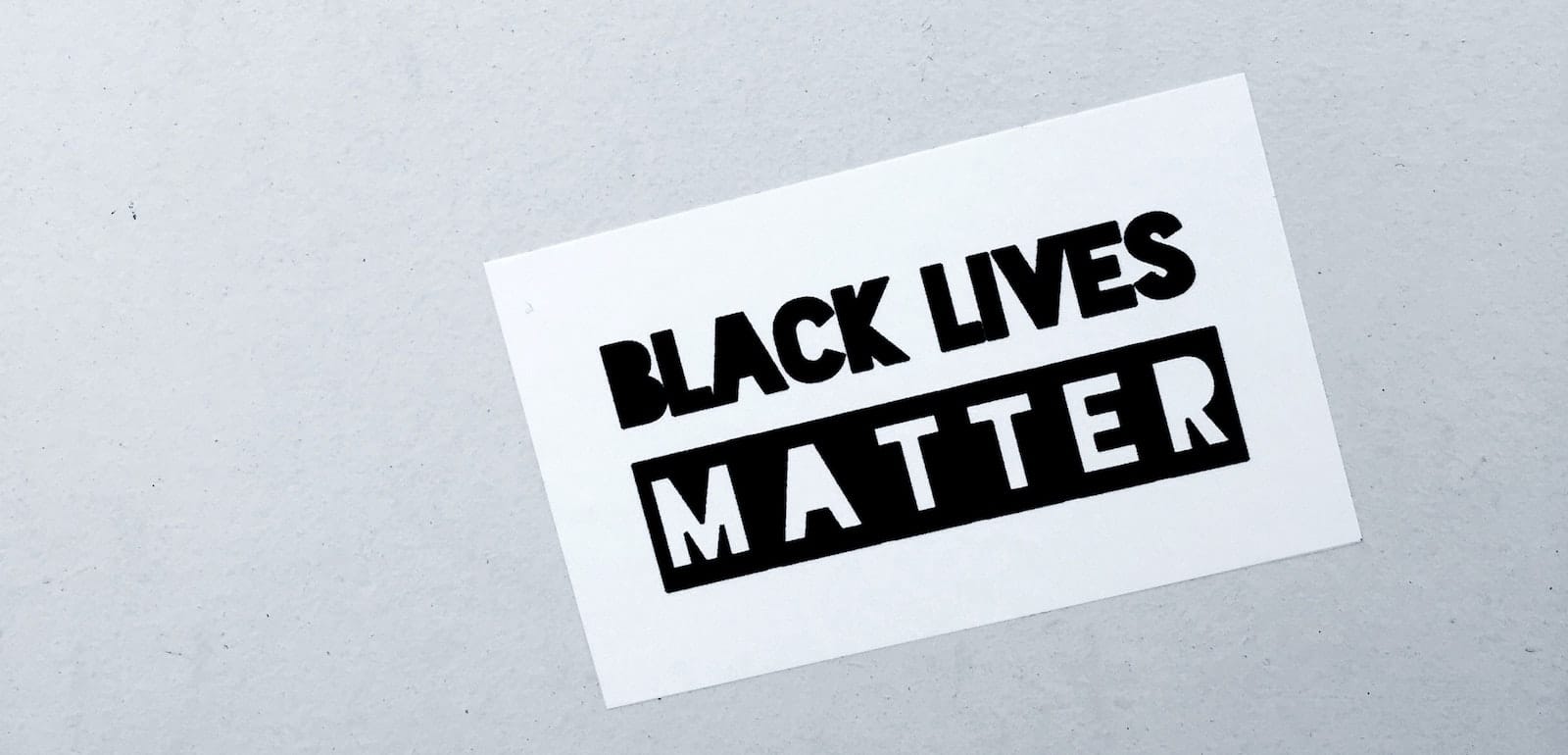The Necessary Work of Anti-Racism

I want to thank you for being here, for reading and giving me this platform to talk about the issues that matter in digital and business.
The events of recent weeks have made the topic of systemic racism and racial injustice impossible to ignore for everyone, including many of us who haven’t had to confront racism in our everyday lives. It shouldn’t have taken these tragedies for me to use the platform that you’ve given me to talk about businesses’ role in anti-racism, but I haven’t addressed it in the past so I’m going to start that work with you today. I’ve started the process of doubling down on my own personal education, spending time listening to Black voices to hear what they’re saying, as well as learning more about the experiences of our Indigenous people, and other identities impacted by systemic racism.
One thing that has become clear to me is, before we can have any real, productive conversations about a topic as charged as race, it’s important that we start by being clear about the language we’re using. In order to get on the same page, let’s start by defining the term “Anti-racism”. Here’s an excerpt from the National Museum of African American History & Culture:
“Historically, racist views justified the unfair treatment and oppression of people of color (including enslavement, segregation, internment, etc.). We can be led to believe that racism is only about individual mindsets and actions, yet racist policies also contribute to our polarization. While individual choices are damaging, racist ideas in policy have a wide-spread impact by threatening the equity of our systems and the fairness of our institutions. To create an equal society, we must commit to making unbiased choices and being antiracist in all aspects of our lives. Being antiracist is fighting against racism.”
The other term I’ll use in this email that I want to define is “BIPOC”. It’s an acronym that stands for Black, Indigenous, and People of Colour. These recent protests have focused specifically on the treatment of Black people, and racism applies to all non-white identities, so it’s important to recognize the issue as systemic, rather than isolated to one identity.
When I’m learning about ideas that are new to me I like to back them up with data, so here are a few things I’ve learned so far:
- 20% of Canadians report experiencing racial discrimination on a regular basis (Source: Environics Research)
- Of those acts of discrimination, nearly 40% of them happen in the workplace (Source: Environics Research)
- In a US-based study, job resumes with traditionally white-sounding names received 50% more callbacks than those with traditionally Black names (Source: dosomething.org)
- In Toronto, Black residents are 20 times more likely to be shot dead by police than white residents (Source: The Guardian)
What I take away from those numbers is that it’s on each of us to look at ourselves, our close circles, and our organizations to ask ourselves how we’re being actively anti-racist. That goes for us as leaders, and it also goes for our brands. If our companies are going to have personalities and perspectives when it feels comfortable and safe, if we’re going to try to make our brands a meaningful part of people’s lives, then they have a responsibility to be actively anti-racist as well.
But how? I can tell you one thing for sure: I am not an expert on this topic, so what I can do is collect some voices that have been helpful to me and share them with you, and I’ve organized them into three categories for action: Personal, Internal, and External.
PERSONAL
Everything starts with ourselves and our own personal development. Once we educate ourselves, we can become better advocates in every part of our lives, so let’s start with just a few of so many important people and organizations that have been doing this work for years:
Books
- Policing Black Lives: State Violence in Canada from Slavery to the Present by Robyn Maynard
- Race and Well-Being: The Lives, Hope and Activism of African Canadians by Akua Benjamin, David Este, Carl James, Bethan Lloyd, Wanda Thomas Bernard, and Tana Turner
- The Skin We’re in: A year of Black Resistance and Power by Desmond Cole
- How To Be An Antiracist by Dr. Ibram X. Kendi
- White Fragility: Why It’s So Hard for White People to Talk About Racism by Robin DiAngelo, PhD
- So You Want to Talk About Race by Ijeoma Oluo
Articles
- The 1619 Project (all the articles) — The New York Times Magazine
- “America’s Racial Contract Is Killing Us” — Adam Serwer | Atlantic (May 8, 2020)
- “The Intersectionality Wars” — Jane Coaston | Vox (May 28, 2019)
Podcasts
- Code Switch (NPR)
- 1619 (New York Times)
- Pod Save the People (Crooked Media)
Social Media
- The Conscious Kid: Twitter | Instagram | Facebook
- Showing Up for Racial Justice (SURJ): Twitter | Instagram | Facebook
- Color Of Change: Twitter | Instagram | Facebook
For many more resources, check out this Google Doc
INTERNAL
The data tells us that we have a lot of work to do to create organizations that have diverse employees (across all dimensions of diversity, not just race), and to also create space where diverse perspectives and ideas are welcome – where all employees feel as though they belong. To do this, we need to be looking at how we’re recruiting, hiring, and promoting BIPOC. Collectively, are we creating an environment where employees across all social identities can thrive?
Here are some hiring and HR resources:
- Why Isn’t Your Organization Hiring Diverse Talent? — Harvard Business Review
- The Diversity Advantage — WorkBC
- Showing Up For Racial Justice’s educational toolkits
EXTERNAL
What stories are we telling across our brand? Who is designing and crafting our communications? Are we actively elevating BIPOC voices, or are we tokenizing people to make ourselves feel/look better?
In the community, brands should be financially supporting organizations that have been — and will continue to be — doing the work. Getting money into the hands of the people on the front lines makes the greatest impact and ensures expert-led efforts are resourced and sustained. A word of caution: skipping right to the step of donation without doing your own personal and internal company work is not a shortcut to effective anti-racism work.
Junction has chosen to make a contribution to Vancouver’s Pivot Legal Society, and here’s a link to a few groups that have been recommended by Black Lives Matter and other BIPOC leaders:
By no means are any of these lists, lessons, or links meant to be exhaustive. Instead, they are meant to be the start of a conversation.
I know that I don’t have the answers. All I can do is commit to learning and doing the work. I also know there are many amazing leaders reading this article that are in this work, so if you have anything to add or share, please shoot me an email or a tweet – I’d love to hear from you:
Conner@wearejunction.com
@Conner_G


